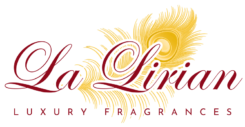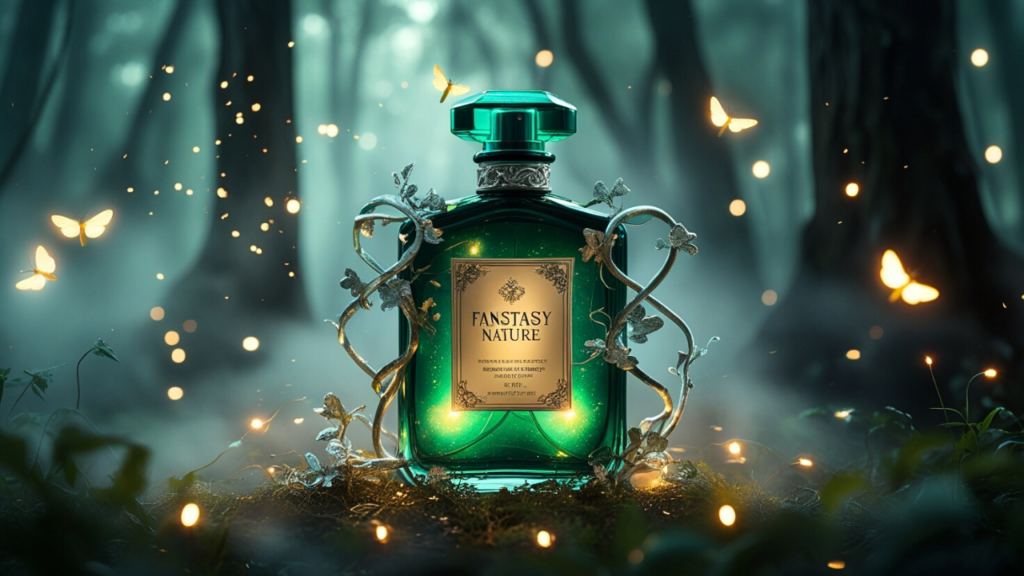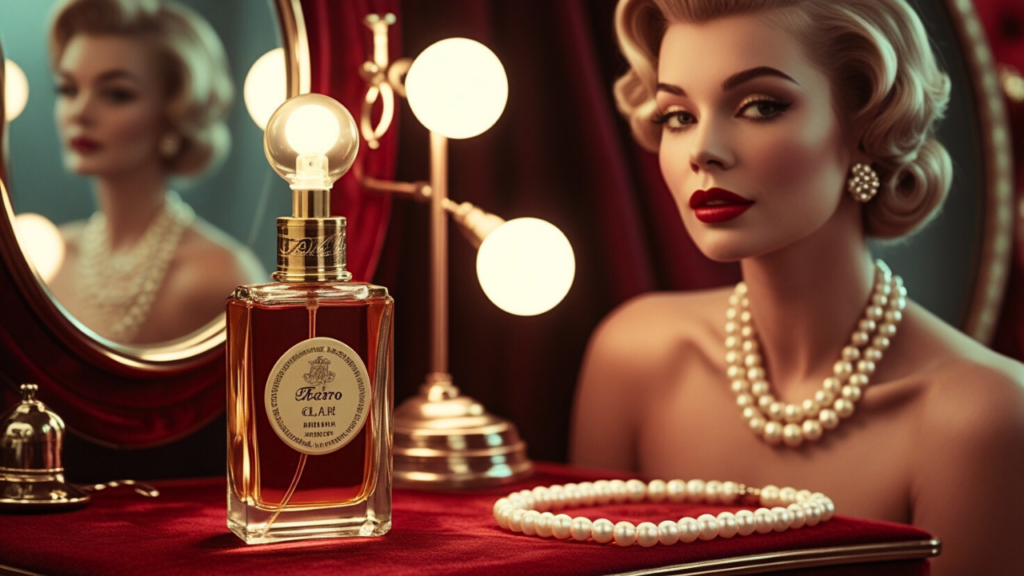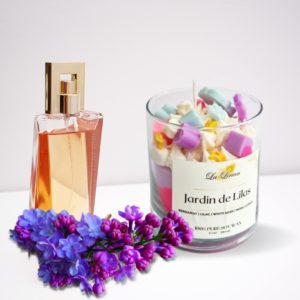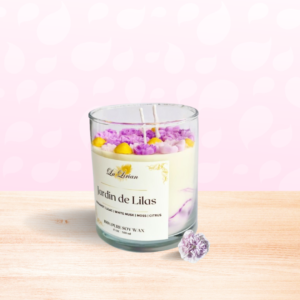Have you ever wondered how your favorite fragrance is crafted? From the lush fields of Grasse to the sleek designer bottles on your vanity, the journey of a perfume is nothing short of magical. Today, we’re diving into the fascinating world of perfumery, uncovering the art, science, and craftsmanship behind every spritz.
Step 1: Harvesting Nature’s Finest Ingredients 🌿🌸🍊
Perfumes begin with raw materials—florals, woods, fruits, resins, and even rare animal-based extracts (don’t worry, most are synthetic now!). These natural wonders are sourced from around the world:
🌹 Flowers (Roses from Bulgaria, Jasmine from India, Lavender from Provence)
🍊 Citrus Fruits (Bergamot from Italy, Orange from Brazil, Lemon from Spain)
🌳 Wood & Earthy Notes (Sandalwood from Mysore, Oud from the Middle East, Vetiver from Haiti)
🌿 Herbs & Spices (Vanilla from Madagascar, Cardamom from Guatemala, Saffron from Iran)
💎 Resins & Balsams (Frankincense from Oman, Myrrh from Ethiopia, Ambergris from the ocean)
🌟 Fun Fact: Did you know it takes 10,000 rose petals to make just one small bottle of rose oil? No wonder perfumes can be so expensive!
Once these precious ingredients are collected, they go through various extraction methods to capture their fragrant essence.
Step 2: Extracting the Scent – The Alchemy of Perfumery 🧪
Now comes the science! Extracting scents is an art form. Perfumers use several methods to obtain the aromatic compounds from natural ingredients:
1. Distillation (For Essential Oils)🔥
💨 How It Works: Steam passes through raw materials (like flowers or leaves), carrying the scent molecules into a condenser, where they are separated into fragrant oils and water.
💡 Example: Lavender and eucalyptus are distilled this way!
2. Solvent Extraction (For Delicate Flowers) 🌺
🛢️ How It Works: Flowers are placed in a solvent like ethanol or hexane. The solvent absorbs the fragrance, then evaporates, leaving behind a waxy, aromatic substance called “absolute.”
💡 Example: Jasmine and tuberose are too fragile for heat-based extraction, so this method is used.
3. Cold Pressing (For Citrus Fruits) 🍊
🔪 How It Works: The rind of citrus fruits is pressed to release natural oils. This technique keeps citrus scents fresh and vibrant.
💡 Example: Bergamot, lemon, and orange oils are made this way!
Step 3: Creating the Perfume Formula 🧑🔬
Now comes the true artistry—blending the fragrance!
A perfumer (also called a “nose”) crafts a scent like a musician composing a symphony. The perfume is structured into three layers known as the olfactory pyramid:
🎵 Top Notes – The first impression, light and refreshing (citrus, herbs, fruity notes).
🎼 Heart Notes – The soul of the fragrance, appearing after 10–30 minutes (florals, spices).
🎻 Base Notes – The long-lasting foundation, deep and warm (woods, musks, vanilla).
📌 Example: A classic vanilla perfume might have:
Top Notes: Bergamot, pear 🍐
Heart Notes: Jasmine, heliotrope 🌸
Base Notes: Vanilla, sandalwood, amber 🌿
🔬 Did You Know? Some fragrances take years to perfect! Chanel No. 5 went through 24 different formulations before it was finalized.
Step 4: Maturation – Letting the Perfume Age Like Fine Wine 🍷
Once the perfume is blended, it undergoes a maturation period (weeks to months) to allow the notes to harmonize. Like aging whiskey, this process deepens the scent.
During this time, the perfume is stored in stainless steel or glass containers in a cool, dark environment.
⏳ Why It’s Important: If rushed, the perfume might smell harsh or unbalanced—time allows the notes to settle beautifully.
Step 5: Dilution & Bottling – The Final Touch ✨
After aging, the perfume is diluted with alcohol to achieve the desired strength:
💎 Parfum (Pure Perfume) – 20-40% oil concentration (strongest, longest-lasting).
💎 Eau de Parfum (EDP) – 15-20% (a perfect balance of longevity and projection).
💎 Eau de Toilette (EDT) – 5-15% (lighter, more refreshing).
💎 Eau de Cologne (EDC) – 2-5% (very light, ideal for summer).
Finally, the fragrance is filtered to remove impurities and poured into its luxurious bottle, ready to grace your vanity.
Step 6: The Art of Perfume Bottles – A Visual Masterpiece 🎨
Luxury perfumes aren’t just about scent—they are works of art. The bottle’s design is a crucial part of the experience.
💎 Crystal bottles (Chanel, Baccarat)
💎 Hand-painted designs (Guerlain’s Bee Bottle)
💎 Modern minimalism (Le Labo, Byredo)
📌 Fun Fact: Some designer perfumes cost more because of the bottle craftsmanship rather than the fragrance inside!
Conclusion: The Magic in a Bottle 🔮
From harvesting rare ingredients to expert blending and aging, creating a perfume is a labor of love. The next time you spritz on your signature scent, remember—you’re wearing an art form that traveled across the world to meet you.
